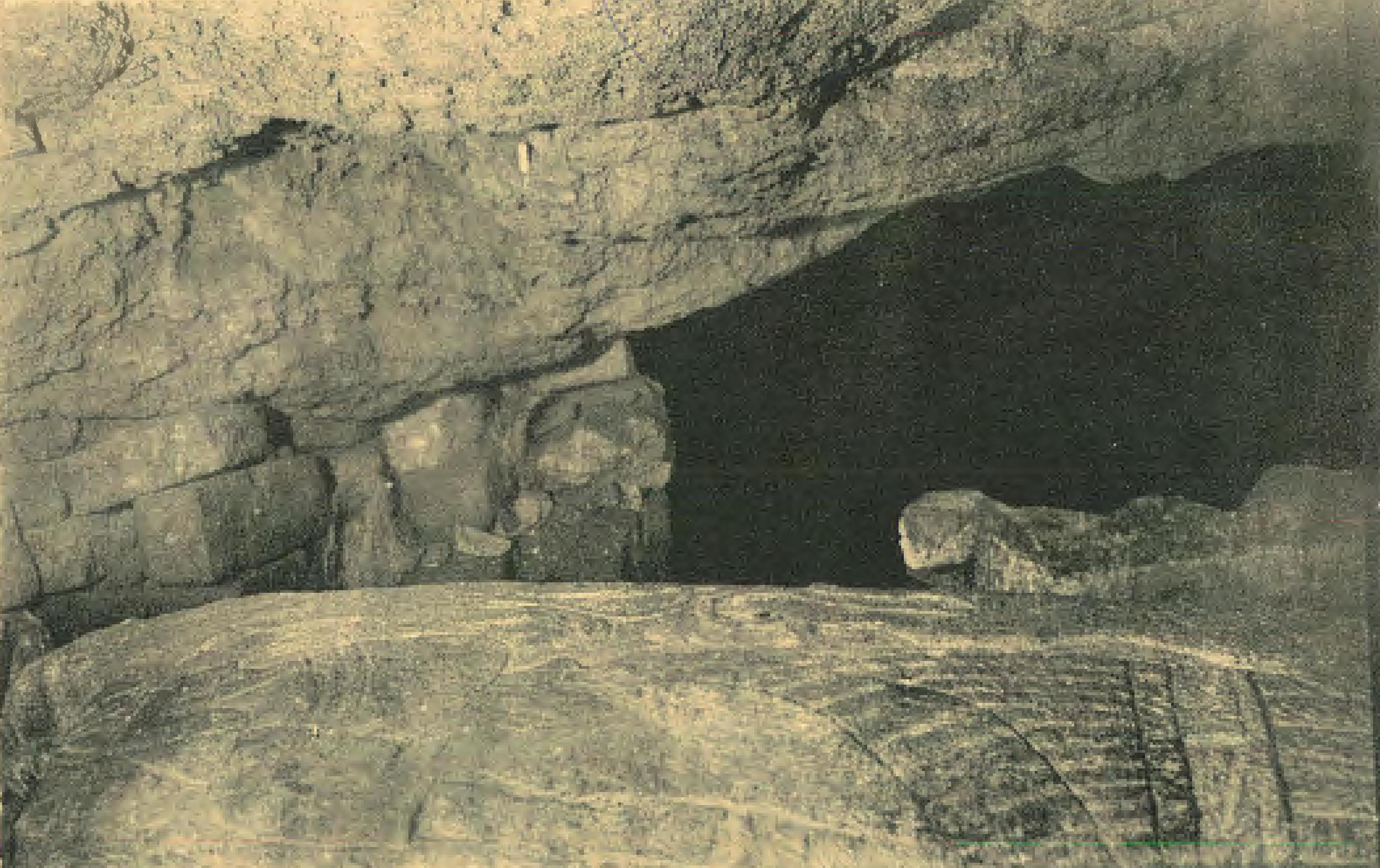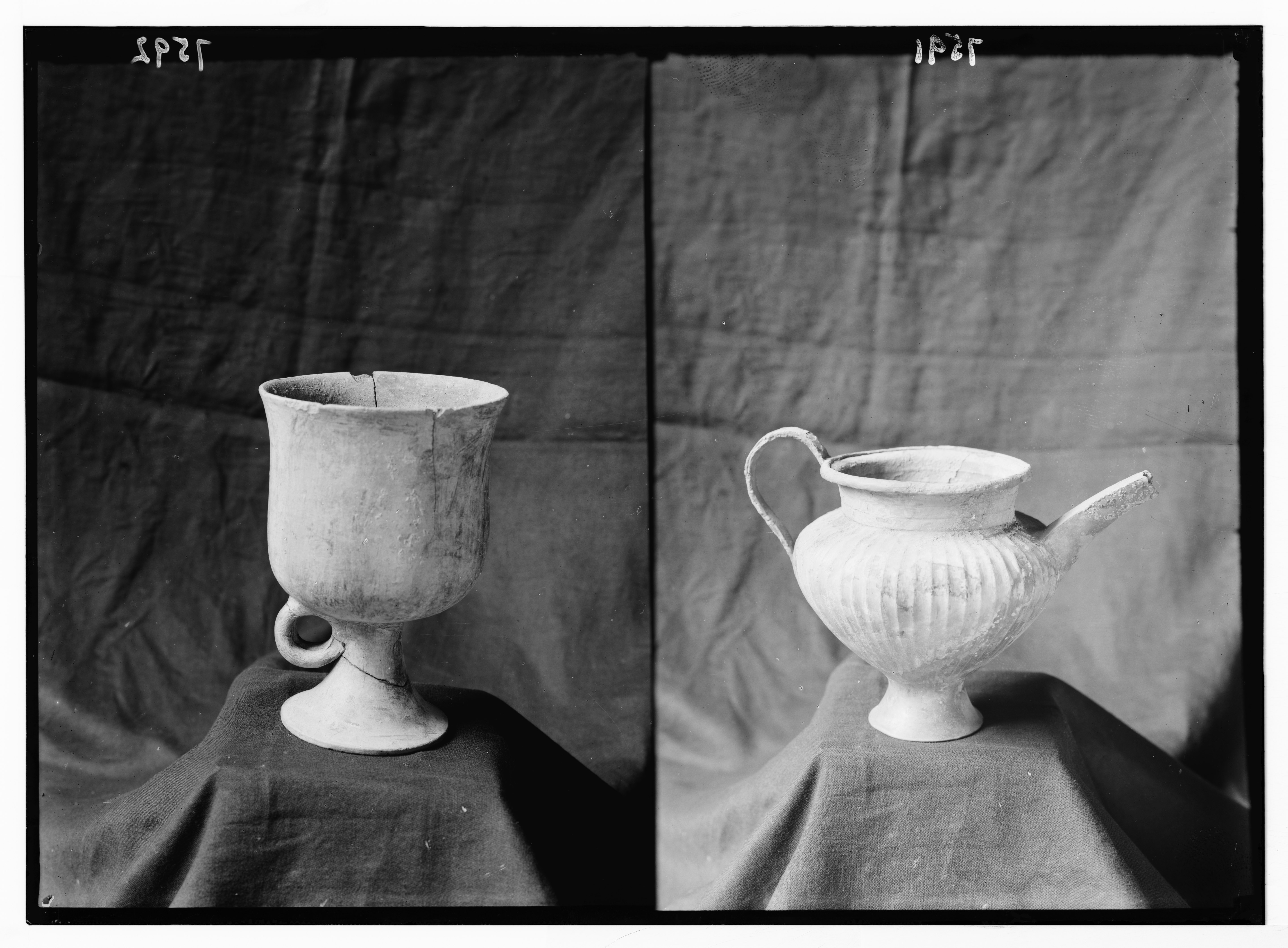Time Periods
Paleolithic
Mesolithic
Neolithic
Chalcolithic
Bronze Age
Iron Age
Classical Period
Post-Classical Period
Early Modern Period
Industrial Period
Contemporary Period
Time Periods
Paleolithic
Mesolithic
Neolithic
Chalcolithic
Bronze Age
Iron Age
Classical Period
Post-Classical Period
Early Modern Period
Industrial Period
Contemporary Period
About
The royal necropolis of Byblos, located in modern-day Jbeil, Lebanon, is a significant archaeological site dating back to the Bronze Age. The necropolis comprises a series of underground shaft and chamber tombs, housing the remains and sarcophagi of Byblos' ancient kings. Influenced heavily by Egyptian culture due to extensive trade ties, the necropolis features Egyptian-style sarcophagi and grave goods, including jewelry and royal gifts from Egyptian Pharaohs Amenemhat III and IV. The site is particularly noteworthy for the Ahiram sarcophagus, which bears the earliest known Phoenician inscription. The necropolis provides critical insights into the cultural exchanges and funerary practices of the period, reflecting Byblos' prominence as a major trading hub in the ancient world.
Gallery
Explore photographs of ancient structures, artifacts, and archaeological excavations at Royal necropolis of Byblos



Archaeological Features
Explore the unique architectural and cultural elements found at this historical site
Defensive Structures
Water Management Features
Burial and Funerary Structures
Religious and Ritual Structures
Artistic and Decorative Features
Historical Timeline
Journey through time and discover key events in this site's archaeological history
Frequently Asked Questions
Discover key insights about this historical site's significance, excavation history, and archaeological findings
Plan Your Visit
Details
- Country
- Lebanon
- Source
- Wikipedia